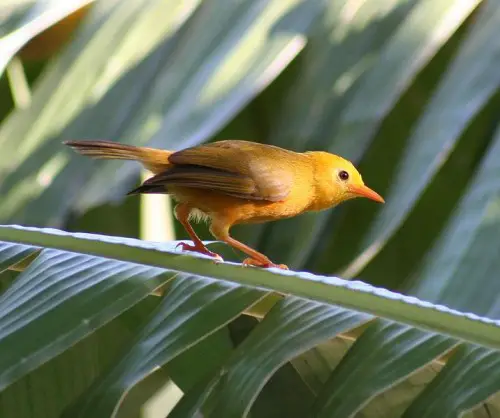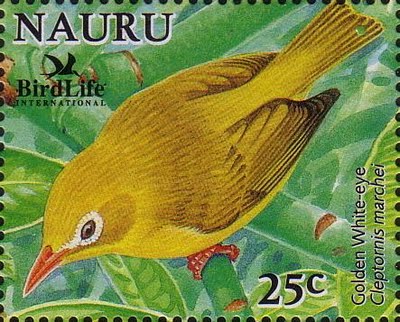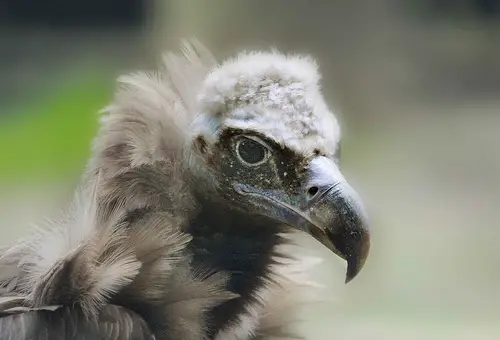Golden White-eye
The Golden White-eye is a species of bird in the white-eye family of Zosteropidae. It is the only species within its genus, Cleptornis. However, it was previously thought to be a honeyeater and was then calld a Golden Honeyeater. This bird’s range is restricted to the Aguijan and Saipan islands that form part of the Commonwealth of the Northern Mariana Islands, which is part of the commonwealth in political union with the United States of America as it occupies a strategic region in the western Pacific Ocean. It shares its range with its relative, the Bridled White-eye.
On these two islands, they occupy a variety of habitats – both man-made and natural. These birds are commonly found in the native forests, especially limestone forests. However, they also dwell in suburban areas and shrubland. At Saipan Island, they are found everywhere except for the marshes which are around Lake Susupe, as well as grassy savannas.
Scientists have discovered some fossil evidence which proves the Golden White-eye also lived on Rota and Tinian, which are two islands that are part of the Commonwealth of the Northern Mariana Islands. However, they do not live at these locations because of the impact from human activities. Despite the fact it is abundant on the islands of Aguijan and Saipan, and has the highest recorded density for any bird, it is still considered to be critically endangered. This is because it is threatened to a recently established and invasive Brown Tree Snake species and this predator is expected to cause a rapid decline in the population if it is not controlled. Efforts are being made now to control the snakes and breed white-eyes in zoos.
The Golden White-eye is famous for its beautiful bright golden colored plumage. It also has a pale eye-ring, which is sort of white looking. With its orange-yellow head, yellow-green back, wings, and tail; golden orange undersides, and orange bills and legs – this bird is unmistakable and hard to miss if seen. It is hard to distingui between the males and females as their plumages are both similar. The only way a bird lover can distinguish between the two genders is by holding the Golden White-eye in its hand. This is because males have longer wings than the females. Juveniles also have a similar plumage, but they are duller than the one of adults as they have brownish patches on their neck and faces, as well as brown-yellow streaks on its breast. Juveniles also have dull legs and dusky bills.
They are different from other white-eyes (hence the confusion between the white-eye and honeyeater categorization) due to it having large eyes and an outermost primary wing feather that is not reduced. Its large white eye is about 14 cm long, and they generally weigh about 20 grams.
It is an omnivore that eats nectar, fruit, and insects. It forages for food in either pairs or in small family groups. These creatures are monogamous and lays two eggs at a time in a small cup nest. It is also diurnal, territorial, and is famous for its singing. It will sing all day long in response to other neighboring pairs. The Golden White-eye makes a variety of calls. These bird songs can range from a long raspy warble, as well as short rasping calls and whistles when they are in a flock or are flying. Golden White-eye chicks also give plain whistles when they are begging for food from adults.



